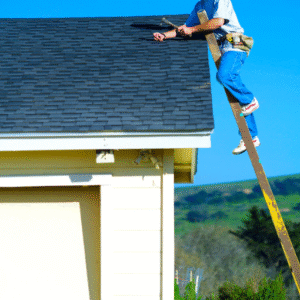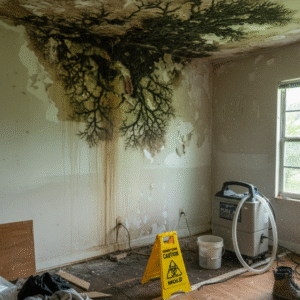
Living in San Jose means we get to enjoy those cozy evenings by the fire, especially when the fog rolls in. But let’s be honest: most of us barely think about our chimneys until something goes wrong. What if I told you there’s a simple addition, called a chimney liner, that could save you from draining your wallet on repairs you never saw coming? Let me walk you through why this hidden hero matters so much, especially for homes in our unique Bay Area climate.
Key Features: What Makes a Chimney Liner Special?
Think of a chimney liner like the inner lining of your favorite jacket—it’s there to keep the nasty stuff out and protect what matters inside. But what does a chimney liner actually do for your home?
| Feature | How It Helps |
|---|---|
| Heat Resistance | Prevents the outer chimney walls from overheating and cracking. |
| Corrosion Shield | Stops acidic byproducts from eating away at your chimney’s insides. |
| Smoother Pathway | Makes it easier for smoke and gases to exit, reducing buildup and blockages. |
| Flexible Fit | Works with most fireplace types, whether wood, gas, or oil. |
In short, the liner is your chimney’s silent protector, making sure everything flows smoothly and nothing dangerous seeps where it shouldn’t.
Safety: The Unsung Hero in Your Fireplace
Safety might not be the first thing you think of when lighting a fire, but it should be. When a chimney doesn’t have a proper liner, all sorts of bad things can happen behind the scenes. Heat can leak out, causing cracks in the brickwork or even setting nearby wood framing smoldering. Even scarier—dangerous carbon monoxide could sneak into your living spaces.
“A chimney liner is like having a safety net for your home—quietly doing its job, often without anyone noticing, until the day it’s needed most.”
In San Jose, where homes often blend old and new construction, lots of chimneys are missing modern liners. That puts families at risk without them even realizing. Getting a liner installed means you’re not just protecting your house—you’re keeping everyone inside safe too.
Cost: How a Chimney Liner Saves You Money Over Time
Picture this: you ignore your chimney for a few years, and one rainy winter, you spot a leak or some crumbling bricks. Suddenly, you’re facing a repair bill that could’ve paid for a weekend getaway. That’s the trouble with chimneys—they hide their problems until it’s too late.
Here’s where a chimney liner works wonders for your bank account:
- Blocks Moisture: Liners keep rain and Bay Area fog from soaking into your chimney, stopping rust and decay before they start.
- Prevents Erosion: Without a liner, acidic smoke eats at mortar and bricks, leading to expensive rebuilds.
- Boosts Efficiency: Wood and gas burn better in a lined flue, so you get more heat for your buck and fewer service calls.
- Insurance Perks: Some insurers even offer discounts for homes with properly lined chimneys.
So while a liner isn’t free, it’s a smart investment that avoids those jaw-dropping repair bills down the road.
Emergency Service: When Things Go Wrong, Are You Ready?
Even if you’re careful, accidents happen. Maybe there’s a nasty storm or a bird decides to build a nest in your chimney. If your chimney isn’t lined, one small mishap can quickly turn into a full-blown emergency—think smoke in the house or even a chimney fire.
The good news? With a liner in place, you’ve got an extra layer of defense. Liners help contain fires and make it easier for emergency crews to tackle the problem. Plus, if you ever need a rapid repair, it’s usually much quicker (and cheaper) to fix or replace a liner than to rebuild a damaged chimney from scratch.
FAQs: Chimney Liner in San Jose
Q. Do all chimneys need a liner?
Not every old chimney has one, but every chimney should have one—especially if you use your fireplace regularly.
Q. How often should I have my liner checked?
At least once a year, usually during a routine chimney sweep.
Q. Can I install a liner myself?
It’s possible, but not recommended. Proper installation needs the right fit and materials, plus a pro will spot any hidden issues.
Q. What types of liners are there?
Most are stainless steel, clay, or cast-in-place. Your installer can help find the best match for your home and fireplace.
Wrapping It Up: Protect Your San Jose Home
At the end of the day, a chimney liner doesn’t just keep your fireplace working smoothly—it’s a shield against big, expensive surprises. For San Jose homeowners, where weather and construction quirks can stir up hidden trouble, it’s one of the smartest upgrades you can make. Think of it as a small step today that could save you a lot of headaches (and money) tomorrow. So next time you warm up by the fire, you’ll know you’ve got an invisible guardian watching over your home.
Read More: San Jose Chimney Sweep




